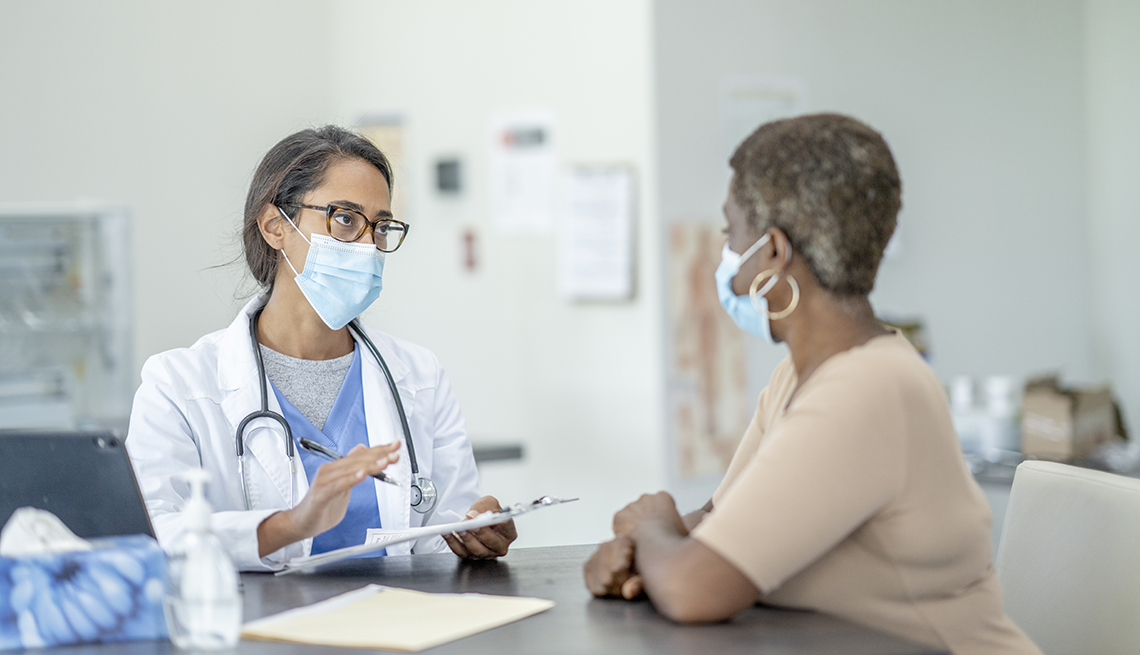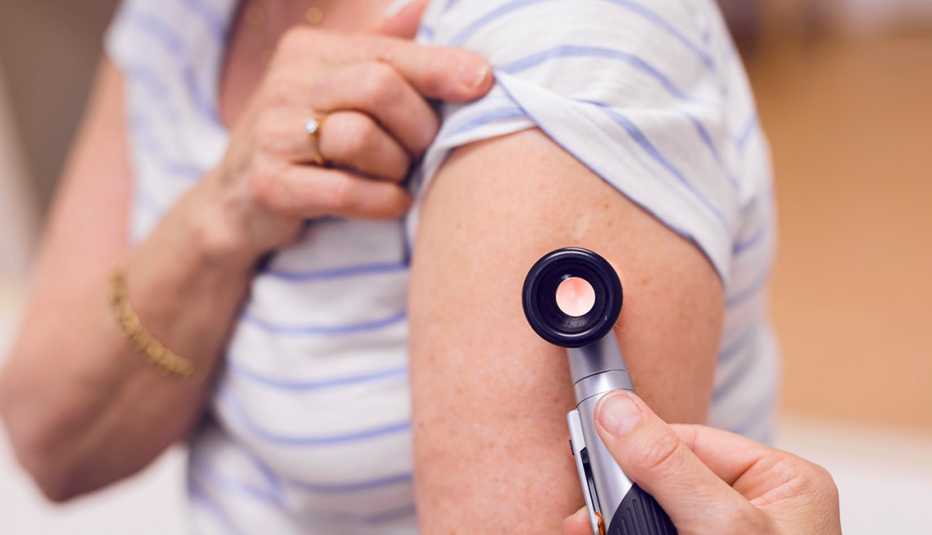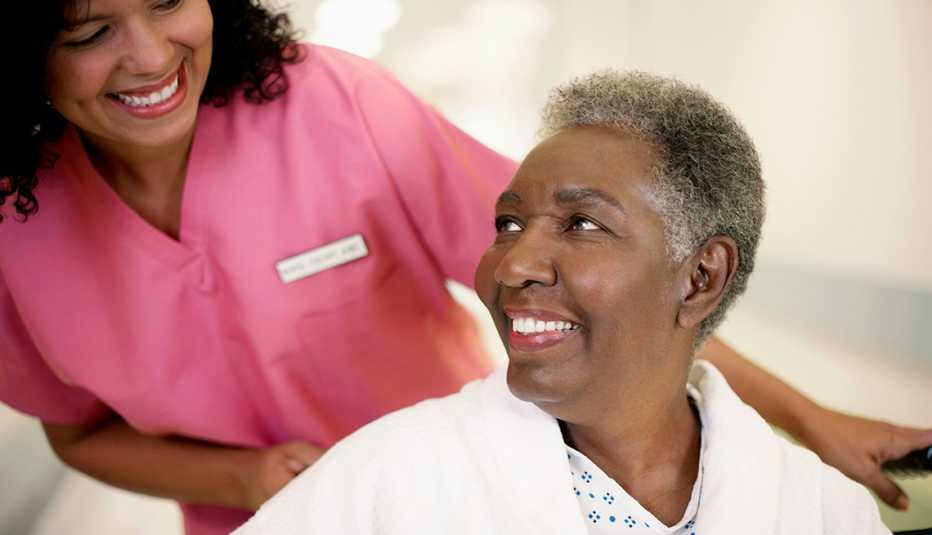Staying Fit
For years, Yvonne Basil didn't think much of that little dark mark on her right baby toe. Even when it began to change and grow under the nail, she wasn't worried. After all, it didn't hurt and it wasn't sore. Nevertheless, when Basil, 54, had some use-it-or-lose-it funds in her flexible spending account, she decided to have it checked out by a doctor. “I thought I'd use my flex spending account to see a dermatologist because I didn't want to leave any money on the table,” she says.
Basil made an appointment with Seemal R. Desai, M.D., a dermatologist in Plano, Texas,and past president of the Skin of Color Society. Almost as soon as the examination began, the look on the doctor's face told her this was serious. “Dr. Desai looked like he'd seen a ghost,” Basil recalls. “Right away he said, ‘that's melanoma.’ “


AARP Membership— $12 for your first year when you sign up for Automatic Renewal
Get instant access to members-only products and hundreds of discounts, a free second membership, and a subscription to AARP the Magazine.
As a Black woman who spent little time in the sun, Basil never believed skin cancer was a concern for people like her. Indeed, basal cell carcinoma, squamous cell carcinoma and melanoma, the three main kinds of skin cancer, are far more prevalent in whites. But, as Basil would learn, people of color are also at risk.
While most skin cancers are linked to excessive exposure to ultraviolet (UV) rays, Basil had acral lentiginous melanoma (ALM), which is believed to be caused by a genetic mutation and is not associated with excess sun exposure. ALM accounts for just 2 to 3 percent of all melanomas but is the most common form of melanoma affecting Black people. Typically found in the palms of the hands, soles of the feet or under nail beds, ALM is also more aggressive because it too often goes unnoticed and is diagnosed at a later stage.
With any type of skin cancer, people of color tend to fare worse than the rest of the population. According to the Skin Cancer Foundation, the average five-year melanoma survival rate is only 67 percent in Black people versus 92 percent in whites. “We know that 52 percent of Black patients, and 26 percent of Hispanics, present with an advanced stage of melanoma compared to only 16 percent of white people — just because of lack of awareness and [lower] perceived risk,” says Shani Francis, M.D., a dermatologist based in Manteca, California.



































































